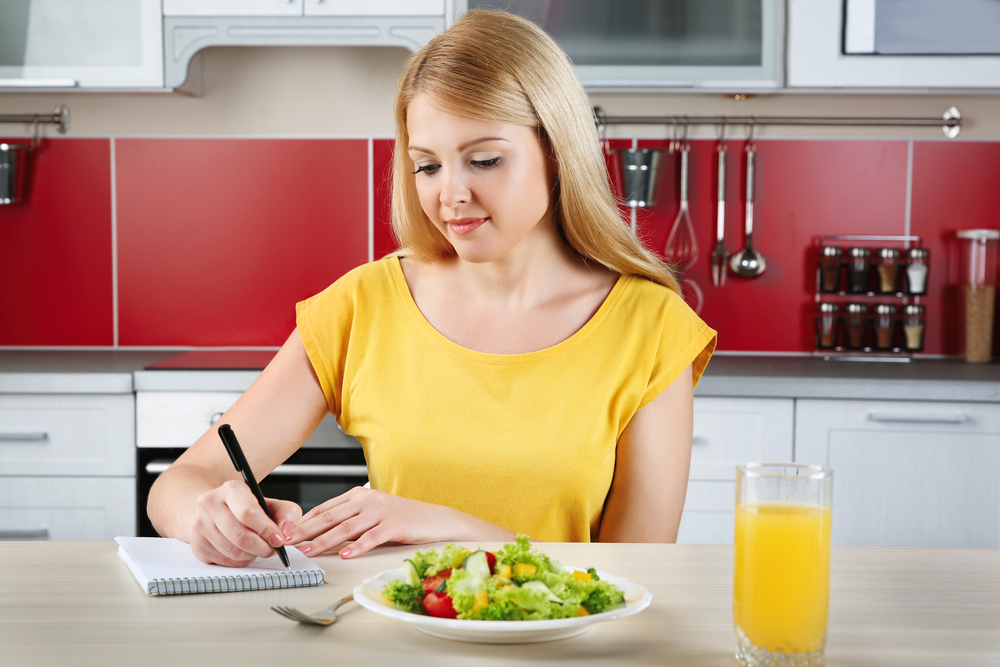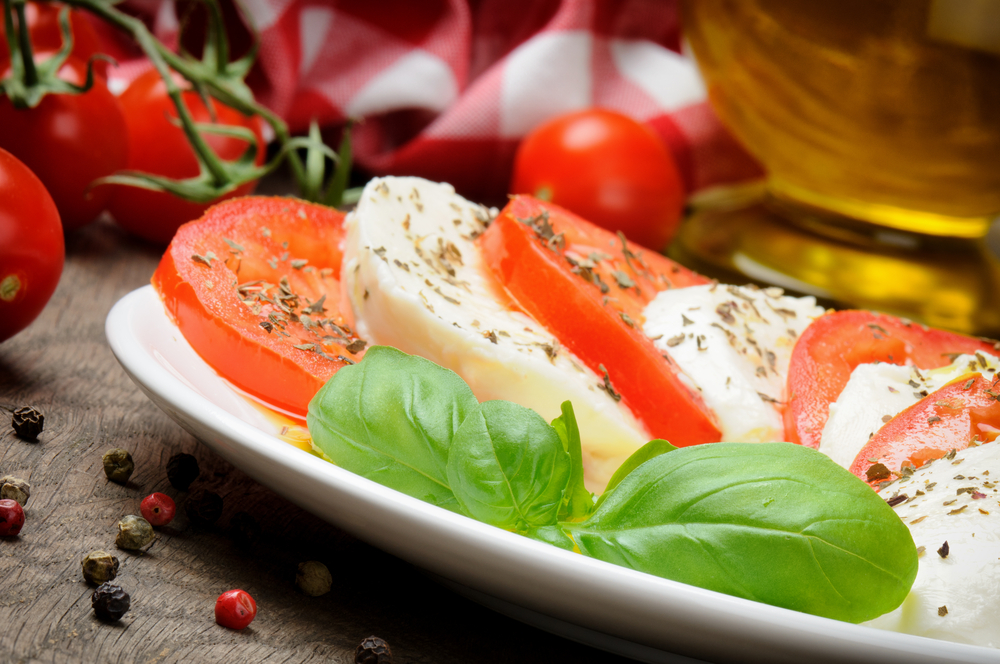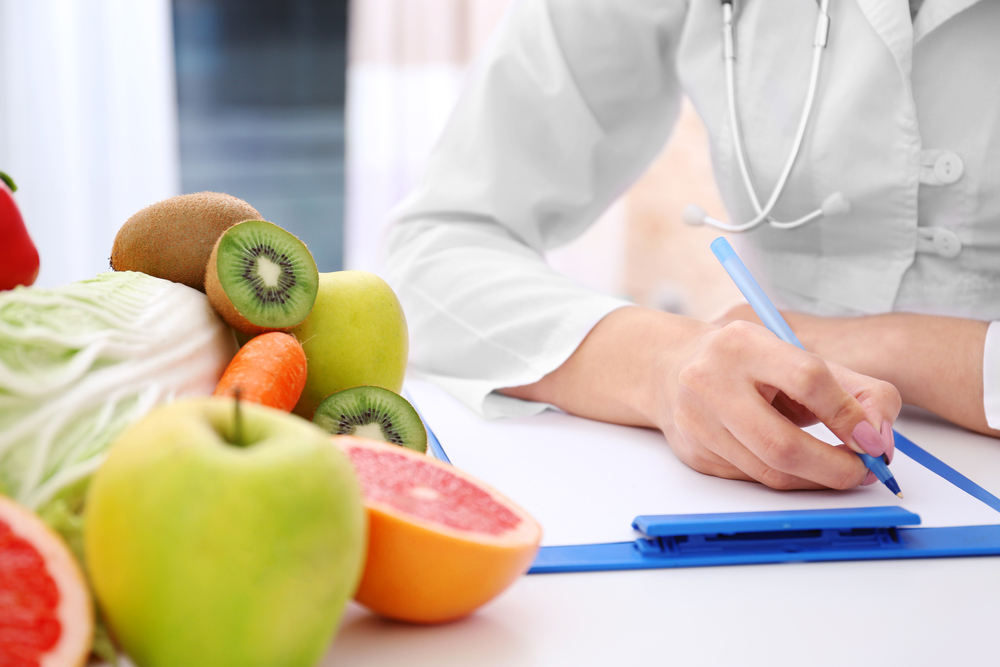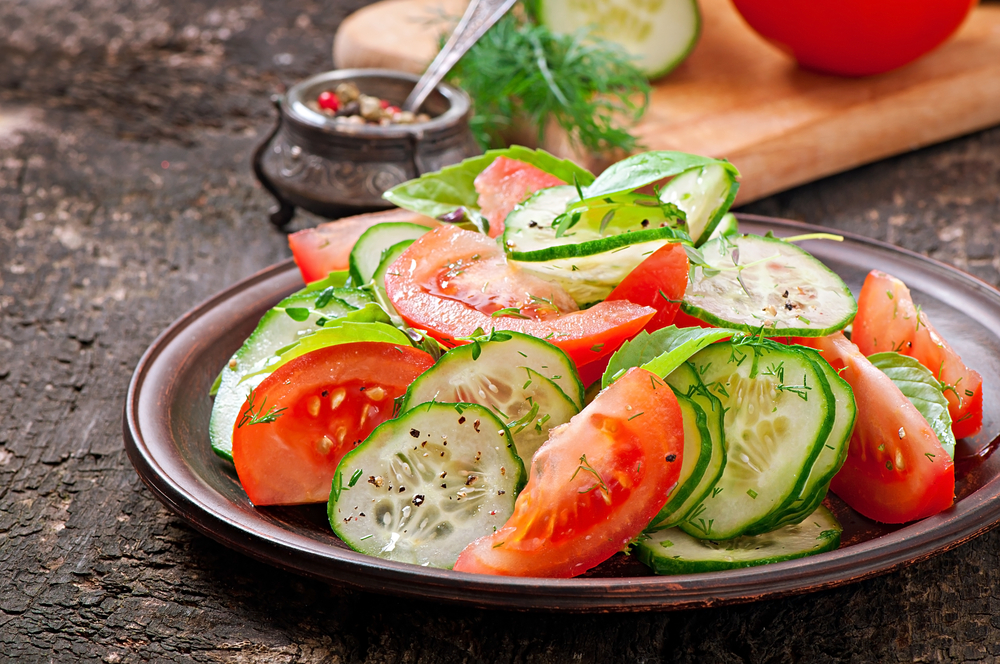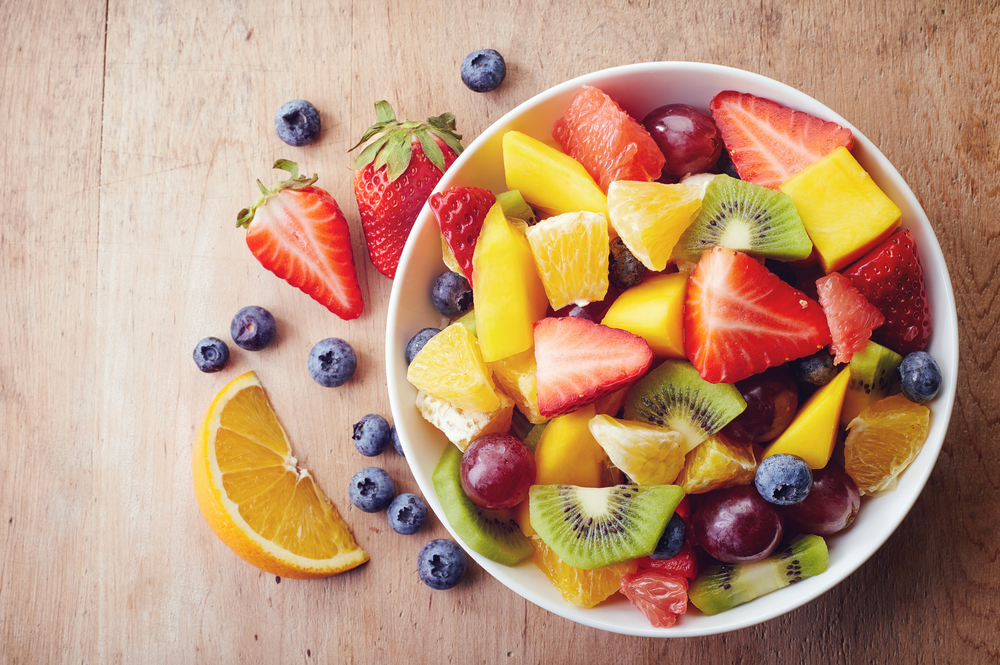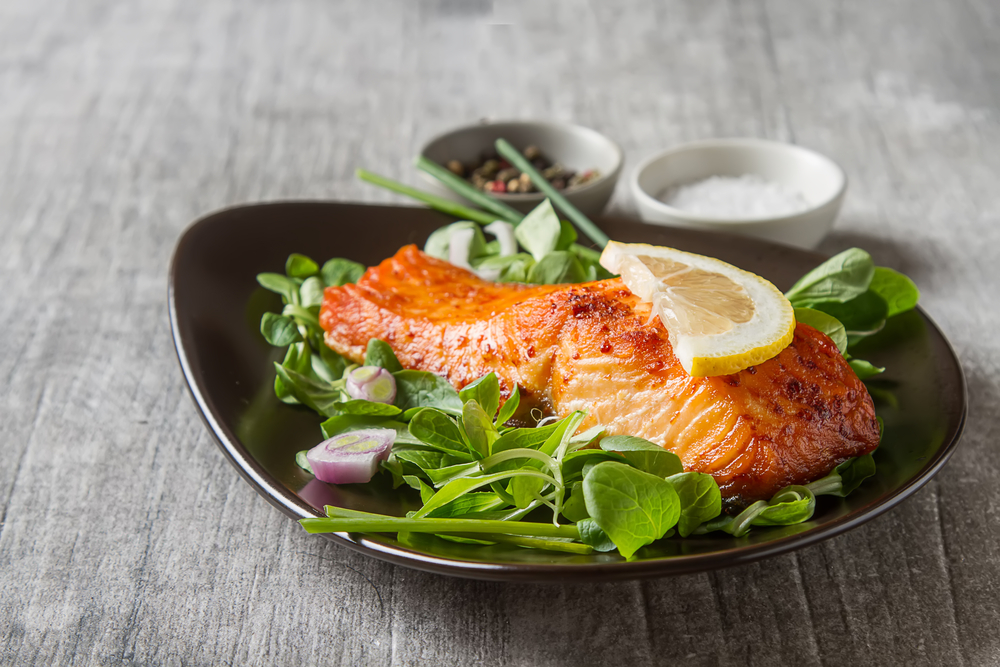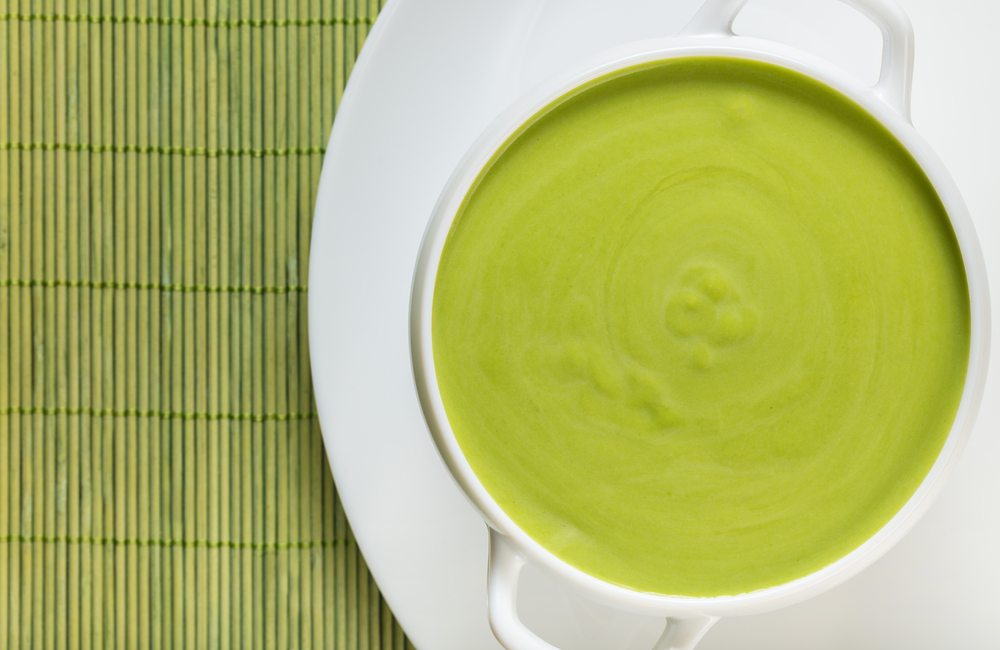Diet for nonalcoholic fatty liver disease: a menu for 7 days

Diet is an important component of treatment of many diseases, including nonalcoholic fatty liver disease (NAFLD). This pathology is most closely associated with metabolic disorders (metabolic syndrome) and development of insulin resistance and diabetes type II. That is why control over food allows you to greatly improve the patient’s condition and improve his quality of life.
What is NAFLD
NAFLD is a liver disease that develops in people who do not consume alcohol in toxic to organ doses. Due to the action of a complex of factors in the cells of the liver begins to accumulate fat as the disease progresses there is degeneration of liver tissue (cirrhosis).
For a long time the disease may not emerge. Often patients with NAFLD come to the doctor with complaints of fatigue, itching, discomfort in the right hypochondrium. To diagnose, you must perform a number of tests.
In Russia in 2007, implemented a screening program to identify the prevalence of NAFLD. It included all patients aged 18-80 years who came to the reception to the therapists of the clinics. During the examination of NAFLD was noted in 26.1% of patients. In this group, the steatosis is defined in 79.9% of cases, Nash (steatohepatitis) – 17.1%, cirrhosis – 3% of patients.
Diet necessary
Patients with a diagnosis of NAFLD doctors first recommend to reduce weight. As emphasized by experts of the European Association for the study of the liver, weight loss is not less than 10% in almost all cases leads to a reduction of liver fibrosis by at least one stage.
In General to calculate the correct calories daily diet need to use the following formula:
Calculate your basal metabolic
for women:
18-30 years: (0,06 × weight in kg 2,037) × 240
31-60 years: (0,034 × weight in kg 3,54) × 240
over 60 years of age: (0,04 × weight in kg 2,76) × 240
for men:
18-30 years: (0,06 × weight in kg 2,9) × 240
31-60 years: (0,05 × weight in kg 3,65) × 240
over 60 years of age: (0,05 × weight in kg 2,46) × 240
The resulting value is multiplied by the coefficient of physical activity (1,1 – low, 1,3 – moderate, 1,5 – heavy physical work). This figure is key exchange. To lose weight, you need to consume fewer calories than is spent on basal metabolism (but not less than 1200-1500 a day).
General advice on nutrition
Nutritionists say that when NAFLD high efficiency shows the Mediterranean diet. Even if that body weight is not reduced, the severity of liver damage is reduced, improving the health of the patient.
In the Mediterranean diet is a relatively low (compared to other power schemes) carbohydrate content is about 40% of the caloric content. A diet rich in monounsaturated and ω-3 fatty acids. An additional advantage of this diet is minimal thermal treatment of the food and replace the sugar for fruit. All this helps to avoid metabolic disorders that cause NAFLD.
Patients with NAFLD should:
- limit fat intake to 25-30% of the total energy value
- to limit the consumption of foods high in cholesterol (sausage, fatty milk and milk products, etc.) – no more than 300 mg per day
- to exclude fried dishes
- eat foods high in b vitamins and prebiotic natural (fruit, Jerusalem artichoke, leeks, artichokes)
A sample diet for patients with NAFLD
Day 1
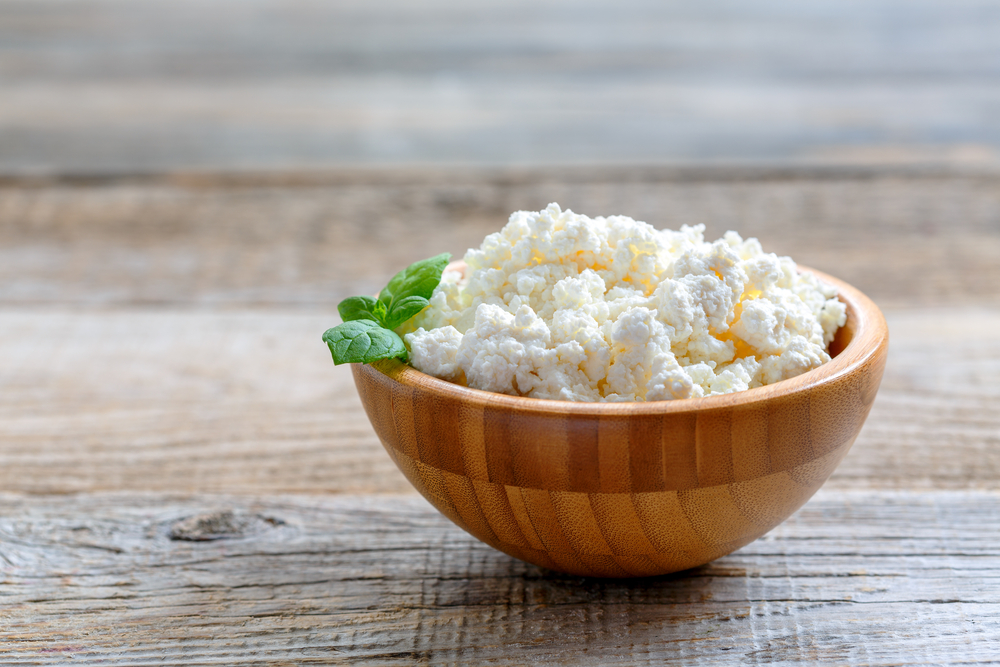
Second Breakfast – an omelet of two eggs, baked pear, jelly
Lunch – soup with rice and vegetables, 2-3 meatballs
Afternoon snack – toasted bread, drink rosehip
Dinner – Pollock braised in sauce water, carrots and onions, boiled rice, tea
Day 2

Second Breakfast – boiled egg, biscuit, juice
Lunch – soup with rice dumplings
Snack – Apple baked in the oven, drink rosehip
Dinner – fish pie, beetroot burgers
Day 3
Breakfast – noodles with milk, bread with slice of cheese
Lunch – salad with cucumber and tomato
Lunch – chicken steam cutlets, compote
Afternoon snack – low fat yogurt
Dinner – mashed potatoes, steamed fish, tea
Day 4
Breakfast – scrambled eggs, two sausages, jelly
Lunch – low fat yogurt, carrot cakes
Lunch – noodle soup, boiled rice with stewed stew, drink rosehip
Afternoon tea – fruit salad
Dinner – stuffed cabbage, buckwheat, tea
Day 5
Breakfast casserole cottage cheese, jelly
Second Breakfast – baked Apple
Lunch – soup, boiled chicken with pilaf, compote
Afternoon snack – salad with carrots and apples
Dinner – baked fish with herbs and vegetables
Day 6
Breakfast – cheese pie, drink rosehip
Second Breakfast – cookies, skim milk
Lunch – vegetable stew, mashed potatoes
Afternoon snack – vegetable salad
Dinner – chicken pot pie and vegetables
Day 7
Breakfast – boiled eggs
Lunch – carrot cakes, Apple juice
Lunch – soup of vegetables
Afternoon snack – yogurt, cookies
Dinner – boiled buckwheat, cutlets of Pollack, tea
